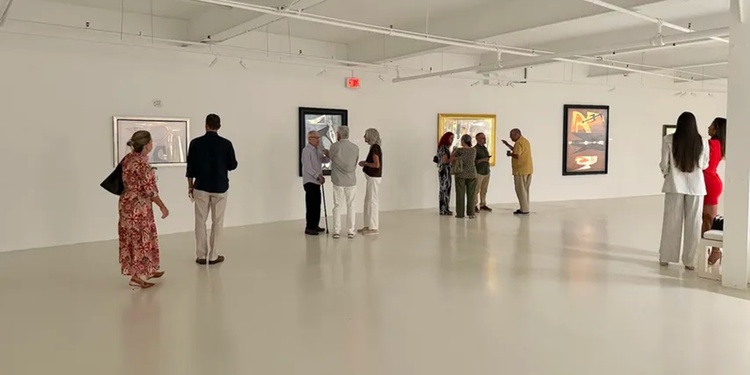
"Masterpieces": the genius of Wifredo Lam in four decades
Until October 31, Gary Nader Art Center presents an impressive set of works by Cuban painter Wifredo Lam
MIAMI.- “When I was little, I lived surrounded by my little jungle,” once said the Cuban painter Wifredo Lam, born in Sagua La Grande, in the center of the island, an area of sugar mills and exuberant nature. Flora and fauna, recurring in his work, stand out in the exhibition “Masterpieces”, at Gary Nader Art Center, Miami, until October 31.
Thanks to his African, Spanish and Chinese roots, in addition to his original way of approaching painting from surrealism and cubism with Afro-Caribbean touches, the artist has been the epitome of miscegenation in Cuban art. Wifredo Lam assured that surrealism allowed him to find himself and also free himself from "cultural alienations."
On previous occasions the gallerist has presented exhibitions dedicated to the Cuban painter, such as "Wifredo Lam: A Tribute" in 1993, "Wifredo Lam Homage 100 Birthday" in 2002, "Wifredo Lam: The Imagination at Work" in 2021.
Wifredo Lam in four decades
The exhibition has 18 works that allow a journey through four decades of visual creation. This is precisely the greatest success of the exhibition, since the curatorship aims at an extensive tour of the painter's creative life, with a broad look at his aesthetic path.
We see in the work of the 1940s an awakening in Lam's style, with his experiments after coming into contact with surrealism and cubism in Europe, and combining it with his knowledge of Afro-Caribbean symbology. The works “Le Guerrier, I [The Warrior]”, from 1947, and “Figure [Femme Cheval]”, from 1949, stand out in the exhibition.
In the pieces of the following decade the maturity of the artist is perceived, as well as the international recognition of his work. Highlights include "Ídoli", from 1955, "Two People and a Bird", from 1957, and "La Veille", from 1959.
Between the 60s and 70s Lam continued to explore other ways of creating and leaned more towards the abstract, without losing its essence and powerful symbolic base. We see pieces like "Nous te voyons", from 1964, and "Horizon Chauds", from 1968.
The way of the teacher
Wifredo Lam (Wifredo Óscar de la Concepción Lam y Castilla) was born in Sagua La Grande on December 8, 1902, with the establishment of the Republic of Cuba, a decisive year for the island due to the proclamation of independence from Spain and the United States. .
His mother, Ana Serafina Castilla, was a mulatto from Sancti Spíritus, a mixture of Spanish and African; and his father, Enrique Lam-Yam, was a Chinese from Canton. The artist's name at birth was Wilfredo, with an L, but in the 1920s after an administrative error his name was changed to Wifredo, something that seemed peculiar to him and that he assumed ever since.
One event remained engraved in his memory: on a night in 1907, Lam experienced a deep impression when observing the shadow created by the flapping of a bat's wings on the walls of his room.
Read More
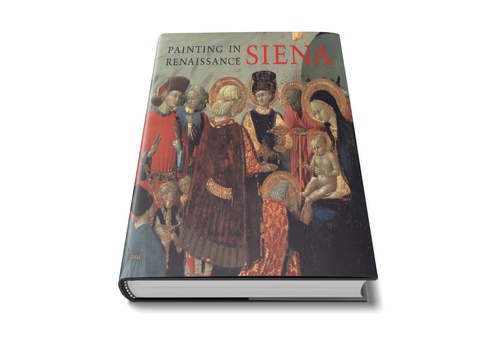
- June 30, 2025
Painting in Renaissance Siena, 1420–1500
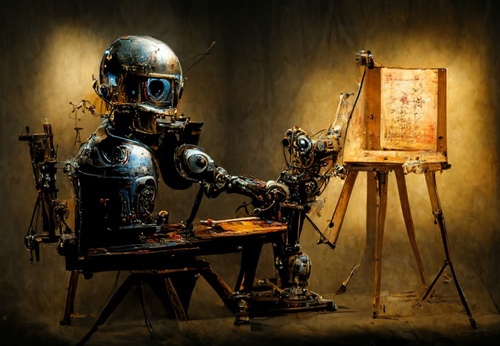
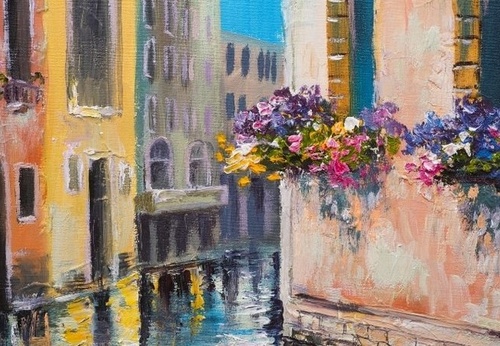
- June 30, 2025
What are Plastic Arts?
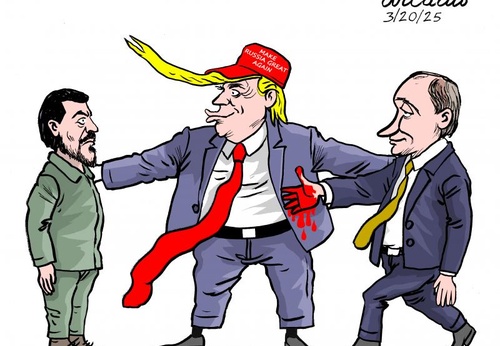
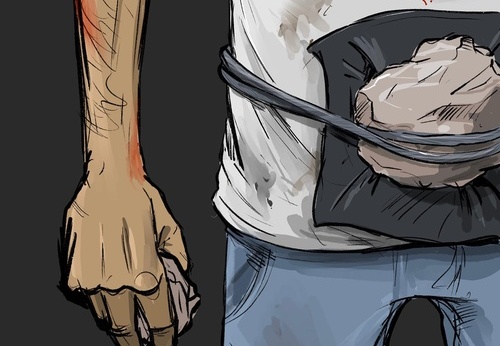
- June 30, 2025
Images Against Silence: Artists Who Challenge Power
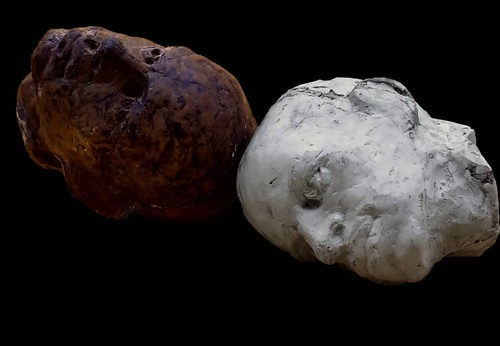
- June 30, 2025
Gallery Of Sculpture By Montalvan Cuellar Andres - Cuba

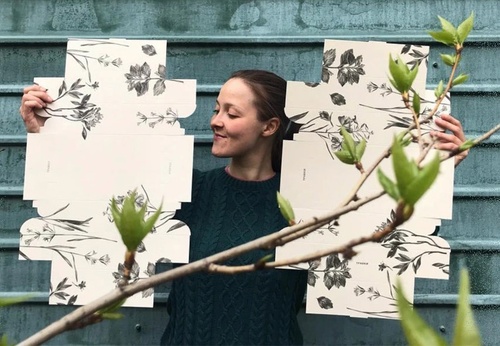
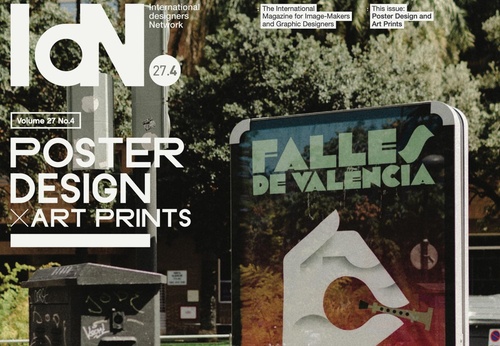
- June 29, 2025
Idn Magazine Volume 27 No.4: Poster Design

- June 29, 2025
Peruvian painter Gerardo Chávez dies at…

- June 29, 2025
ARCOmadrid 2026 Opens Call for Entries …

- June 29, 2025
José María Velasco: The Landscape Artis…

- June 26, 2025
It houses 40 legacies of Latin American…

- June 18, 2025
Winners of the “Holosaide” event announ…

- June 18, 2025
The Major Exhibition of the Malba Colle…

- June 16, 2025
Pedro Roth Exhibition at the National A…

- June 15, 2025
Malba Pays Tribute to Luis Felipe Noé w…

- June 15, 2025
Contemporary Italian Painting on Displa…

- June 13, 2025
Impacto da Arte Digital na Sociedade

- June 13, 2025
The Geometric Essence of Fanny Sanín on…

- June 12, 2025
Guillermo García-Cruz's 'Divergent Stru…

- June 12, 2025
Book Brasília, the art of democracy wil…

- June 11, 2025
In 2025, SP-Arte Rotas will include nar…

- June 11, 2025
The Barranquilla Museum of Modern Art

- June 10, 2025
Discovery of William Turner's Work

- June 10, 2025
One of the largest art events in Latin …

- June 10, 2025
Centre Pompidou debuts in South America…

- June 09, 2025
MON opens its doors to a sensory worksh…

- June 09, 2025
Regional talent conquers spaces with co…

- October 08, 2023
Illustrations reflect the brutal Israel…

- December 25, 2023
The jury statement of the Iran-Brazil F…

- July 29, 2023
History of Caricature in Brazil

- September 01, 2023
Neural Filters in new photoshop 2023

- April 20, 2024
Poignant Image of Grief Wins Mohammed S…

- May 22, 2025
Brady Izquierdo’s Personal Exhibition O…

- March 21, 2024
The history of art in Palestine

- October 21, 2023
Erick Meyenberg and Tania Ragasol at th…

- March 14, 2024
museum of statue of van gogh

- August 09, 2023
Venezuela mural expresses solidarity wi…

- March 15, 2024
museum of sculpture of Salvador Dali

- May 25, 2025
Bordalo II to hold exhibition in Paris …

- May 20, 2024
Latin American Festival of Performing A…

- March 30, 2024
illustration websites in Latin America

- July 30, 2024
The artist from San Luis Mirta Celi rep…

- March 18, 2025
Works by Cuban Artist Eduardo Abela in …

- July 03, 2024
Newly discovered rock art in Venezuela

- April 18, 2024
Israel Pavilion at Venice Biennale clos…

- January 04, 2025
Material Art Fair 2025

- January 12, 2025
The Ralli Museum in Punta del Este

- February 18, 2024
7 Ways to Understand What Visual Arts A…

- May 15, 2024
Eleven murals for Gaza painted across t…

- October 08, 2023
Illustrations reflect the brutal Israel…

- January 02, 2025
13 commemorations that will mark the cu…

- October 17, 2023
The influence of Latin American artists…

- December 25, 2023
The jury statement of the Iran-Brazil F…

- November 17, 2023
Fernando Botero's work is booming after…

- July 29, 2023
Piracicaba International Humor Exhibiti…

- February 03, 2024
THE HISTORY OF NAIF ART

- November 06, 2023
Heba Zagout: Palestinian artist murdere…

- February 01, 2025
A maior exposição de Botero em Barcelona

- July 02, 2024
One of the largest urban art galleries …

- December 10, 2023
Sliman Mansour and Palestinian art on t…

- July 20, 2024
First International Mail Art Biennial 2…

- September 01, 2023
Neural Filters in new photoshop 2023

- October 23, 2023
Controversy over the project that will …

- October 30, 2023
Palestinian turns images of the Gaza co…

- March 14, 2024
museum of statue of van gogh

- February 06, 2024
Bolivian artists will be at the 2024 Ve…

- February 08, 2024


